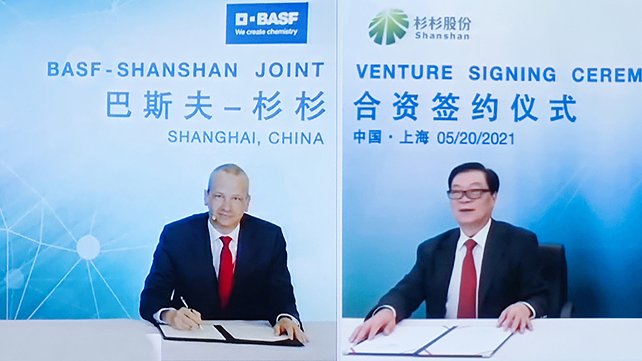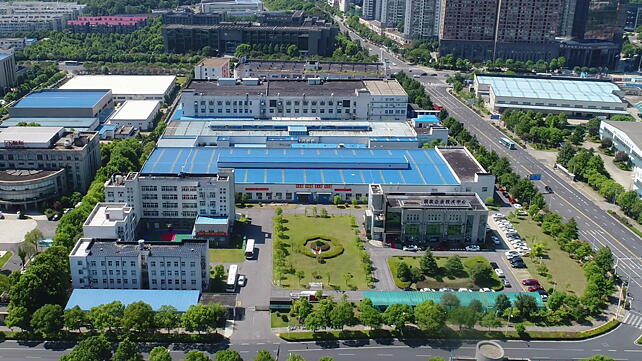
BASF, the largest chemical producer in the world and Shanshan, a leading lithium-ion battery materials supplier have agreed to form a BASF majority-owned 51:49 joint venture to produce cathode active materials (CAM) and precursors (PCAM) in China, the largest battery materials market in the world.
The transaction is likely to be closed later this summer, once approval from relevant authorities is received.
A release issued by the German multinational said the companies expect the partnership to generate significant technology synergies and tailored solutions for a broad customer base.
The JV is expected to provide BASF access to the Chinese CAM market, expanding its global footprint with an integrated, unique cathode active materials supply chain. On the other hand, Shanshan would benefit from BASF’s global automotive customer network strengthening competitiveness in the Chinese market.
The new JV is expected to further strengthen BASF’s position in Asia to build up an integrated, unique global supply chain for customers in China and other markets globally. Once ready, the new JV will help the company increase its annual capacity to 160 KT by 2022, with further expansions underway.
Hunan Shanshan Energy is one of the leaders in the Chinese CAM market, and has supported the lithium-ion battery industry for more than 18 years. Shanshan’s comprehensive product portfolio covers the main categories of the CAM and the corresponding PCAM used in lithium-ion batteries.

The company has formed a business value chain including raw materials, PCAM, CAM and battery recycling. It operates four production sites for CAM and PCAM in Hunan and Ningxia in China, with an annual capacity of 90 KT by 2022.
Dr Markus Kamieth, Member of the Board of Executive Directors, BASF SE said, “By combining BASF’s and Shanshan’s expertise, we will accelerate the electrification transformation of the transportation industry.”
Yonggang Zheng, Chairman, Shanshan added the partnership with BASF will further strengthen Shanshan’s competitiveness in the Chinese market and accelerate the integration into the global market by providing high-quality services and products to customers in China and around the world. “BASF has broad and long-standing collaboration with global automotive OEMs and powerful brand impact,” he acknowledged.
The combined innovation and technology expertise of BASF and Shanshan will provide our customers with incomparable competitiveness on innovation, customer proximity and cost, said Dr Peter Schuhmacher, President, Catalysts division, BASF.
Building a Global Network
BASF has been aggressively building its capabilities in the high-energy-density CAM segment. Its JV with TODA in Japan and the US has established the company as a leading high-energy-density CAM manufacturer in Asia and North America. In Europe, BASF is investing in CAM capacities in Germany and PCAM capacities in Finland.
The company has continued to develop its global footprint focusing on customer proximity, enhancing its product portfolio competitiveness, and securing sustainable raw materials supply. In fact, the joint venture with Shanshan will make BASF the first company with capacities in all major markets by 2022.